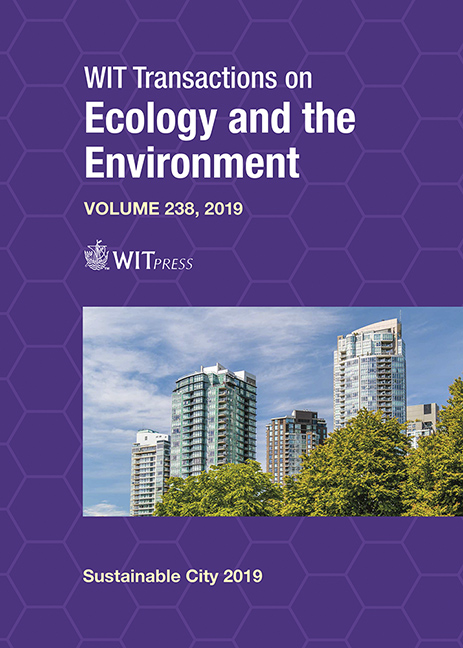STRATEGIES OF URBAN REGENERATION IN VULNERABLE AREAS: A CASE STUDY IN CASTELLÓN, SPAIN
Price
Free (open access)
Transaction
Volume
238
Pages
12
Page Range
481 - 492
Published
2019
Paper DOI
10.2495/SC190421
Copyright
WIT Press
Author(s)
MARÍA JOSÉ RUÁ, PATRICIA HUEDO, LORENA CORDANI, MANUEL CABEZA, BEATRIZ SAEZ, RAQUEL AGOST-FELIP
Abstract
The 11th Sustainable Development Goal (UNO, 2030) for Sustainable Cities and Communities highlights the role of urbanisation in development and poverty reduction. Accomplishing this goal and promoting the implementation of the New Urban Agenda are crucial for local governments. Within the stated framework, we herein present some strategies of urban regeneration in the area Castalia-La Guinea in Castellón de la Plana (East Spain). The analysed area presents an old urban fabric with high immigration levels and heterogeneous characteristics, and constitutes an urban environment to be regenerated in a broader context. This area was previously defined in one of the complementary studies to develop the new Land-Use Plan in the city. This report defined the areas of rehabilitation, regeneration and urban renewal, which fall in line with Law 5/2014, of 25 July, on Territorial Planning, Urban Planning and Landscape for the Valencian community (Spain). They are considered vulnerable areas that should be prioritised to undertake urban interventions. The approach to revitalise the area was followed by implementing the “Guidelines for the Development of Strategies of Urban Regeneration for Municipalities of the Valencian Community” (Regional Valencian Government, Spain), which permits an in-depth diagnosis and the presentation of some proposals for its regeneration. The aforementioned guidelines aim to help interventions in the city that move towards a sustainable urban regeneration model. These interventions should focus on the protection, conservation and improvement of the urban fabric by the innovative use of integrated approaches in sustainable urban policies (socio-economic and environmental perspectives) in vulnerable areas. The guide uses the SWOT (Strengths, Weaknesses, Opportunities and Threats) methodology by means of a detailed diagnosis of the area, followed by the CAME (Correct, Adapt, Maintain and Explore) methodology, to propose effective intervention strategies.
Keywords
urban regeneration, vulnerable areas, SWOT methodology, CAME methodology, urban policies





